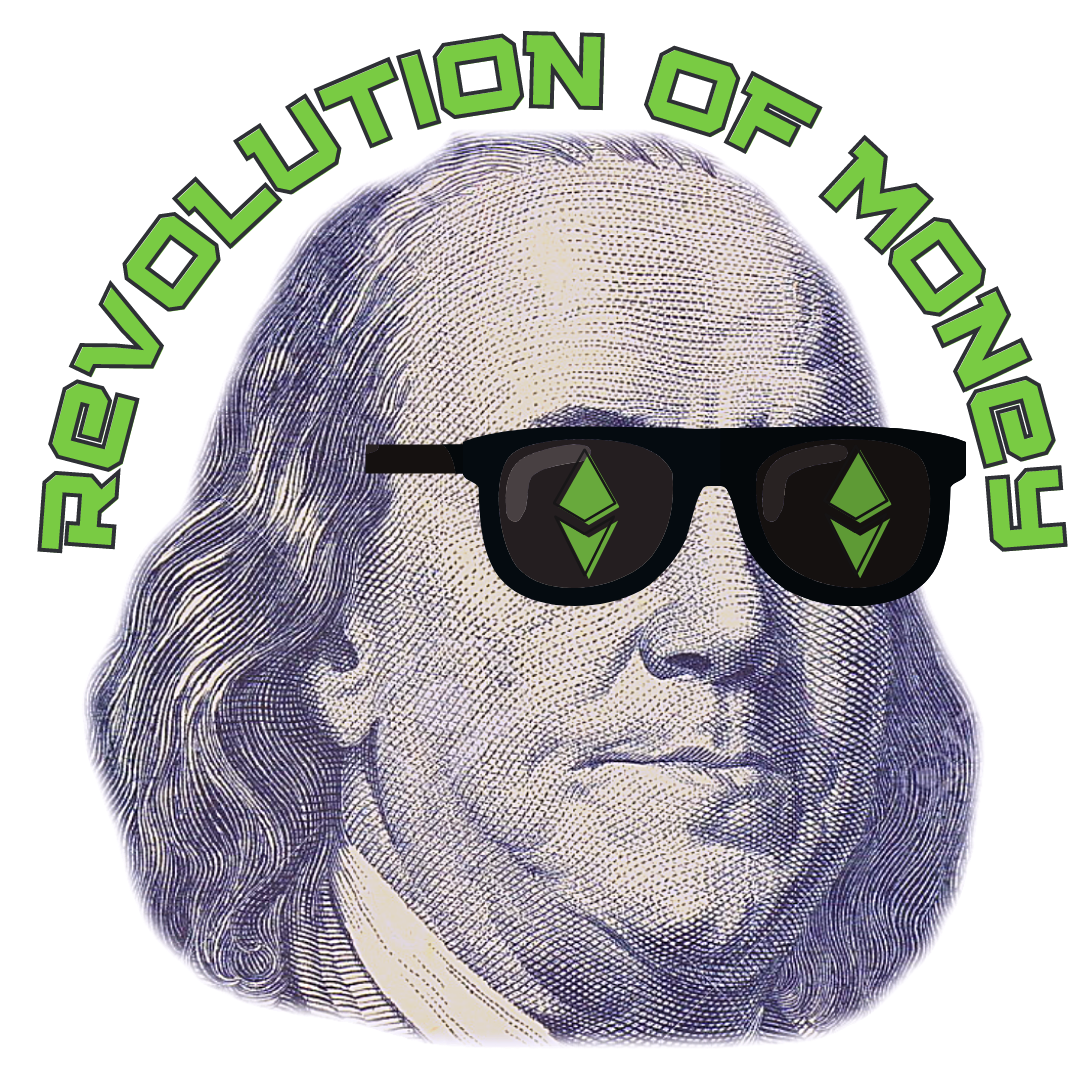Blockchain Rundown
Our ongoing and regularly updated reviews of every blockchain in the game. We explain what they are, what they do, and how they are changing almost every segment of industry and society. Think this is a bit dramatic? Well, take a look for yourself

There are four main types of blockchain networks: public blockchains, private blockchains, consortium blockchains and hybrid blockchains. Each one of these platforms has its benefits, drawbacks and ideal uses. Blockchain technology is growing in popularity and receiving industry adoption at a rapid pace. Each of these blockchains has the potential to improve trust and transparency while also creating a better record of transactions.
How many blockchains are there?
Hundreds if not thousands of blockchains exist. As blockchain technology is embraced and adapted to new use cases, the number will continue to rise. In the same way that there are so many computer networks in the globe today, there could be hundreds of thousands or millions of chains in the future. In the world of crypto, we are mostly focused on Public Chains.
There are blockchains that solely use a single coin or token. There are blockchains with a large number of tokens. There are other chains that do not contain any coins or tokens. It's sometimes difficult to tell which is which.
The majority of public initiatives that have their own 'native' currency have their own blockchain. Bitcoin, Ethereum, Litecoin, Dash, Zcash, Monero, Dogecoin, Decred, Horizen, DigiByte, Ravencoin, are some examples. All of these blockchains are distinct from one another.
Many projects are built on top of another blockchain, notably smart-contract platforms, rather than their own. Ethereum is used to run ERC-20 tokens, for example. BAT, Decentraland, ChainLink, DAI, USDC, Enjin, Aragon, and more cryptocurrencies are included. They're all based on the Ethereum blockchain, which is open to the public. The benefit of being a token on another chain is that you get all of the parent chain's security and stability, as well as the ease of setup that comes with following a standard.
Other smart contract systems include Ethereum Classic, Tezos, EOS, and Cardano, in addition to Ethereum. New coins will arise on these blockchains as new companies and use cases emerge that take advantage of each chain's distinct characteristics. To encourage involvement in the network, public blockchains feature coins or tokens that users can mine or mint themselves.
Most popular Crypto Blockchains
Bitcoin is known as the "founding father" of decentralized cryptocurrencies, as its creation in late 2008 paved the way for the establishment of a thriving ecosystem of coins and tokens that we see today. Despite the fact that Bitcoin is a means of exchange rather than a blockchain protocol, the fundamental technology that underpins practically all of today's cryptocurrencies is similar to Bitcoin's blockchain. Bitcoin was the catalyst for the whole cryptocurrency business, and its blockchain serves as the holy grail for all others.
Because of its distributed nature, the Bitcoin blockchain is exceptionally secure; there is no single point of entry, and the cryptographic processes built into its blockchain mechanics ensure that transactions are recorded and maintained in a highly secure manner. The Proof-of-Work (POW) technique is used by Bitcoin's blockchain to create consensus throughout its global network. To secure Bitcoin transactions all around the world, POW necessitates a significant amount of energy usage and advanced computer gear. The POW consensus mechanism in Bitcoin is regarded as the crowning jewel in the field of distributed computing, as it allows a distributed and decentralized network to agree on a single truth that is accepted by all, something that had never been done before in the fields of computer science and cryptography.
Bitcoin's supply is limited to 21 million units, making it a deflationary currency because no more units can be created after the ceiling is reached. A single block of transactions on the blockchain takes an average of 10 minutes to secure, with over 2,000 transactions in a single block. As a result, the Bitcoin blockchain can process between four and seven transactions per second.
Ethereum is the first blockchain platform that allow decentralized apps (dApps) and smart contracts to be created. Ethereum is a decentralized blockchain platform that allows the construction of Smart Contracts and Distributed Applications (Apps) without the need for third-party downtime, fraud, control, or intervention. Smart contracts are a breakthrough feature of blockchain that allows for the construction of pre-programmed, self-executing contracts. Ethereum was the first decentralized blockchain to offer smart contract functionality, which has a wide range of real-world applications and use cases. Vitalik Buterin founded Ethereum in order to broaden the applications of blockchain technology.
"Bitcoin is a fantastic kind of digital money, but its scripting language is far too limited to support any meaningful sophisticated applications." — Vitalik Buterin
Solidity, Ethereum's native programming language, aids developers in creating and publishing distributed applications on the Ethereum blockchain. After Bitcoin, Ethereum is the second most popular cryptocurrency, however unlike Bitcoin, it allows other dApps to build on its blockchain. Ethereum currently uses the POW consensus mechanism. Ethereum, on the other hand, intends to transition to a newer consensus mechanism known as Proof-of-Stake in the future (POS). To be able to mine transactions, POS aims to achieve consensus in a randomized manner by asking participants (miners) to stake a certain quantity of native currency. POS aims to dramatically lower POW's carbon footprint while protecting the blockchain's security and integrity. When compared to Bitcoin, Ethereum can execute far more transactions, with a transaction rate of around 15 transactions per second.
NEO
NEO, formerly known as Antshares, is a decentralized blockchain platform that focuses on digitizing assets on the blockchain. NEO is China's first blockchain platform, and it's part of a larger Chinese government goal to establish itself as a blockchain industry leader. Unlike Ethereum, NEO touts itself as a smart economy project that promotes the digitalization of real-world assets and allows for peer-to-peer registration, depository, transfer, trading, clearing, and settlement. To put it another way, NEO is attempting to create an organic ecosystem for the digital economy.
The non-divisible NEO token is the native currency of the NEO blockchain, and it generates GAS tokens, which are used to pay for transaction fees created by applications on the network. The Delegated Byzantine Fault Tolerance (dBFT) consensus process is used by NEO, in which mining nodes are chosen by the NEO community and must meet a specific performance criterion while also maintaining a minimum amount of NEO currencies. The dBFT system has the advantage of consuming fewer resources than other consensus mechanisms while also being able to sustain a substantially higher number of transactions (about 1,000 per second). However, it comes at the cost of centralization, as consensus nodes must be trusted to behave in the best interests of the network.
WAVES
WAVES is a decentralized blockchain platform that focuses on allowing users to build their own bespoke currencies with a simple interface. Users may simply launch Initial Coin Offerings (ICOs) and crowdfund their ideas using WAVES without needing to learn any technical skills. The numerous integration of fiat currencies in the WAVES platform's native wallet is a unique offering, allowing users to quickly swap cryptocurrencies for fiat. WAVES is built on the Scorex platform, which is a modular solution aiming to address numerous major challenges with cryptocurrencies, including scalability, ease of use, and the usage of fiat gateways on the blockchain.
WAVES employs a Leased Proof-of-Stake consensus algorithm, which is a variation of the POS consensus process (LPOS). LPOS allows WAVE token holders to participate in mining and network security while also earning extra coins by staking their currencies. For holders, the mining and staking process is a simple and fast method. Users can also trade their newly produced coin in a trading pair with any other WAVES coin on WAVES' own decentralized exchange (DEX). WAVES can currently handle 100 transactions per second.
EOS
EOS takes the top spot as the project that garnered the most money, with a total of $4 billion. EOS is a blockchain platform that, like the Ethereum blockchain, focuses on providing an interface for the development of decentralized apps and smart contract capabilities. The primary distinction is that EOS is focused on creating a decentralized operating system capable of supporting enterprise-level applications with massive scalability. In fact, given Ethereum's TPS of 14, the EOS blockchain design can scale to handle millions of transactions per second without transaction fees, which is a tremendous accomplishment. EOS is the brainchild of Dan Larimer, the founder of Bitshares and Steem, who devised the Delegated Proof-of-Stake consensus method (DPOS). It's no surprise that EOS employs the DPOS consensus mechanism, which provides enormous scalability and flexibility.
Stellar, like Ripple, is a distributed blockchain that acts as a payment network focusing on immediate and low-cost cross-border transactions. Stellar's key differentiation is that it also supports initial coin offerings (ICOs) on its platform, allowing projects to raise funds in a seamless manner. Stellar is a non-profit network, unlike Ripple, which is a profit entity. Jed McCaleb, a significant person in the sector who developed the Mt. Gox exchange and the Ripple project, founded Stellar. Stellar has a native consensus method termed the ‘Stellar Consensus Protocol,' which is a Federated Byzantine Agreement-based consensus process (FBA).
One of the most important tasks of Stellar's native currency, XLM, is to facilitate multi-currency transactions by functioning as a currency bridge. The supply of XLM is built-in, and it contains an inflationary process that grows by 1% annually.



